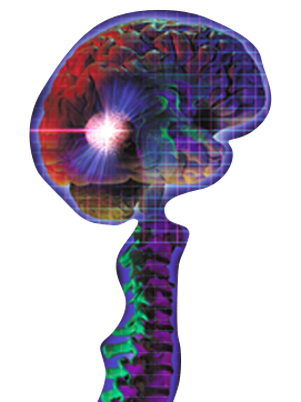Unfortunately, about 20% of school-aged children struggle to read. Some of these children suffer from learning disabilities or dyslexia, the inability of the brain's verbal language or auditory processing centers to accurately decode print or phonetically make the connection between the word's written symbols and their appropriate sounds. However, a large portion of children struggling to read are not dyslexic at all; their phonetic awareness and language processing skills are fine. It's their vision that is interfering with their ability to read.
Vision plays a vital role in the reading process. First of all, children must have crisp, sharp eyesight in order to see the print clearly. School vision screenings routinely check children's sharpness of vision at a distance measured by the 20/20 line on the eye chart, and refer children for glasses if they have blurry far-away vision and can't see the board from the back of the room. Unfortunately, this is all school vision screenings are designed to check. Children's vision involves so much more.
For success in school, children must have other equally important visual skills besides their sharpness of sight, or visual acuity. They must also be able to coordinate their eye movements as a team. They must be able to follow a line of print without losing their place. They must be able to maintain clear focus as they read or make quick focusing changes when looking up to the board and back to their desks. And they must be able to interpret and accurately process what they are seeing. If children have inadequate visual skills in any of these areas, they can experience great difficulty in school, especially in reading. Teachers and parents often fail to make the connection between poor reading and the child's vision.
How Color Therapy Can Help:
At Brain Breakthrough we make use of an instrument called the Visual Field Charter. This tool is used to measure the visual field using different colors to determine the brain’s ability to process sensory and perceptual information. The Field of Vision is the ability of a person’s eye and brain to perceive things peripherally while looking straight ahead. While peripheral vision is defined as a more global ability of the brain to accept light in a less detailed way, the field of vision indicates the more specific amount of light that the eye can admit and the brain can translate into visual information or perceptions.
The way to measure the extent of a person’s visual field is to determine, while the subject is focused on a central point, at what range outside that point the individual begins to detect color, specifically white, blue, red or green. The measurement of this range of color recognition can be enormously helpful in determining the overall function of the brain and thereby the subject’s mental, emotional and physical well being. Just as a basal thermometer gauges the body temperature, which information can be translated into a determining factor of a person’s physical condition, the visual field measurements can be used as an indicator of emotional and physical stress.
Research indicates that the size of our visual field can change relative to emotional states; history or presence of emotional trauma; and history or presence of physical trauma. Once we determine the light perception deficit we determine the proper frequency the client will utilize for one or more 20 session series. This approach has been found to be very successful in enhancing reading and writing skills, focus, attention and concentration. We will often suggest other adjunctive approaches to expand the field of vision. If there are emotional or physical components in addition to the visual deficit, we utilize our other modalities to address them.
